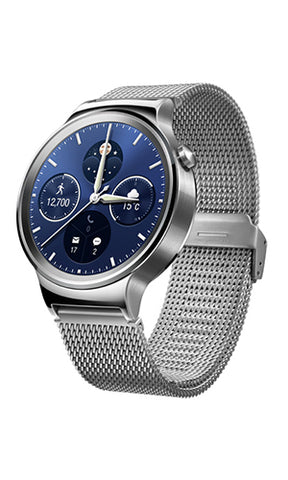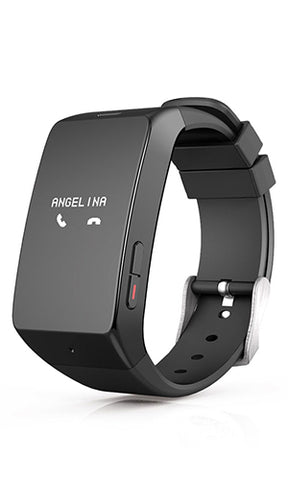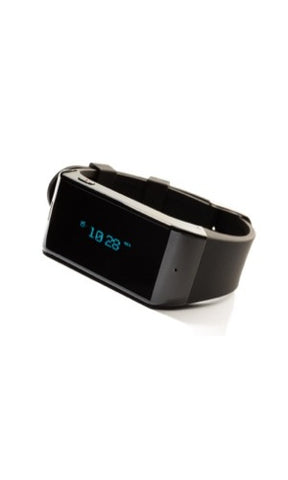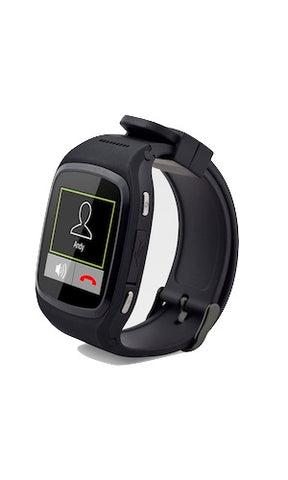Disease Monitoring Comes to Wearables
Written By
Wearables.com
While the most prominent run of wearables have come in the form of fitness trackers, which include sensors to detect everything from heart rate to distance, researchers at University of Michigan have now created wearable tech for a completely different spectrum of health.
An entirely new sensor has been developed in the name of disease monitoring, that could one day help patients with diabetes, high blood pressure, anemia or lung disease. The sensors work a little differently, in that they aren’t invasive at all like most blood monitoring systems. Instead, it picks up on airborne chemicals that are either exhaled or released through the skin. For example in diabetes the chemical acetone is a marker, so the sensors would be able to detect acetone being exhaled. The researchers are able to pick up on these chemicals through the use of a technique called heterodyne mixing, which is able to pick up on sample sizes at a ratio of several parts per billion.

Girish Kulkarni, Electrical Engineering Ph.D. Student, and member of the team who developed the vapor sensors. Source: MDTMag.com
Apart from disease monitoring, the researchers claim this chemical detecting sensor has many other uses, making it a market viable option for wearables. With its ability to detect airborne chemicals, the sensors are able toregister the presence of hazardous chemical leaks in a lab, or elsewhere, or provide data about air quality.
For more information on the work they are doing at University of Michigan, check out their article on the vapor detecting sensor.
The post Disease Monitoring Comes to Wearables appeared first on Wearables.com.
Tags: Health Wearables, Medical




